 I don’t really think much about safety in the workplace. Maybe because the most dangerous thing that could happen to me in my third-floor office in Sutton is that I get overly caffeinated (I love coffee and have my own personal Keurig).
I don’t really think much about safety in the workplace. Maybe because the most dangerous thing that could happen to me in my third-floor office in Sutton is that I get overly caffeinated (I love coffee and have my own personal Keurig).
But thankfully for people at job sites that have dangerous chemicals and machinery, there are people who do think very strategically about workplace safety.
I really enjoyed a recent meeting with Jan Wachter, associate professor of Safety Sciences. Dr. Wachter has a very diverse past, including study at a theological seminary. He’s not your typical safety professional, but he’s incredibly knowledgeable and has extensive experience in many different work sites. What intrigued me about his current work was that he was looking at safety from the perspective of the worker, not management.
Dr. Wachter got a $90,000 grant from the Alcoa Foundation to study “worker engagement” in the safety process.
WAIT! Don’t click away just yet. I promise, it’s interesting.
Here’s what that means. If workers have an accident, even if it’s because of a mistake that they make, it might not really be their fault, Dr. Watcher argues. It might be that they just aren’t buying into safety protocols and guidelines.
So the fault, dear reader, is not in their stars, but with management.
Here’s what he says: “While human error has been associated with the majority of incidents in the workplace, motivation and worker engagement may be the keys to human-error reduction.”
Dr. Wachter hopes that the outcomes of this research, once instituted in the workplace, could reduce lost workdays due to accidents by 20 percent.
The key difference in this study, as opposed to other research on safety in the workplace, is that Dr. Wachter will investigate how well–or how poorly–workers are engaged, or buying into, a shared accountability for identifying at-risk situations and responding to them.
There’s more about Dr.Wachter on the Research at IUP website, and I encourage you to stay tuned. I expect some very out-of-the-ordinary results from his research.

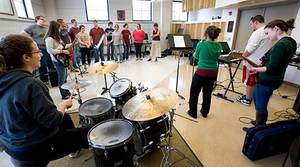
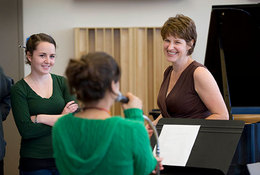
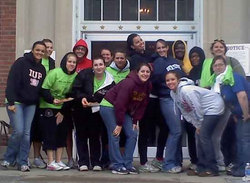

 I know what I think, but I’m more interested in what our faculty experts have to say about current issues.
I know what I think, but I’m more interested in what our faculty experts have to say about current issues. 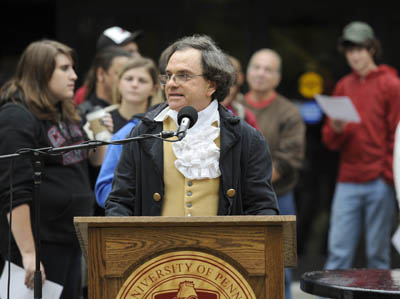
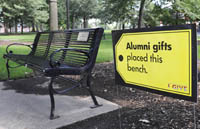 You probably noticed the signs and sidewalk chalk messages during the first week of school. They were part of an
You probably noticed the signs and sidewalk chalk messages during the first week of school. They were part of an  YouTube cofounder and IUP alumnus Chad Hurley is jumping into a new venture by purchasing
YouTube cofounder and IUP alumnus Chad Hurley is jumping into a new venture by purchasing 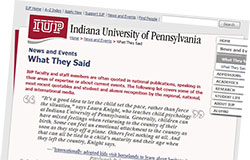
 What you may not have heard: The students of
What you may not have heard: The students of